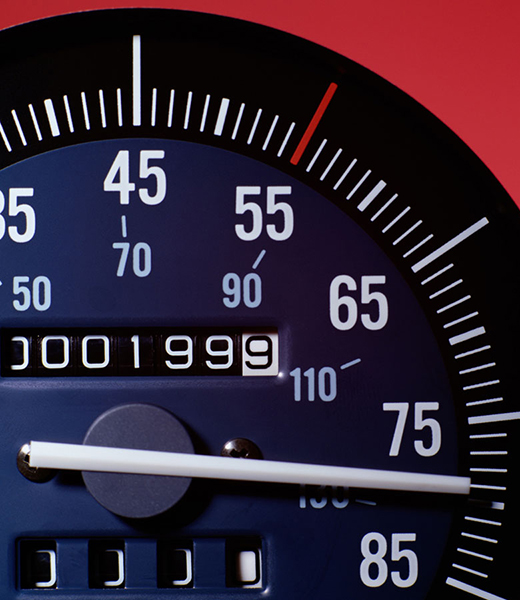Vehicles with traditional internal combustion engines (i.e. gasoline-powered vehicles) get better fuel economy on the highway than they do in city driving. But the Automotive Research Center wanted to test if and how driving speed affects fuel economy.
All vehicles tested showed decreases in fuel economy as vehicle speed increased, though some vehicles showed more significant decreases. Conversely, all vehicles experienced increased fuel economy, on average almost 3 miles per gallon and 9%, just by dropping from 65 mph to 60 mph.


